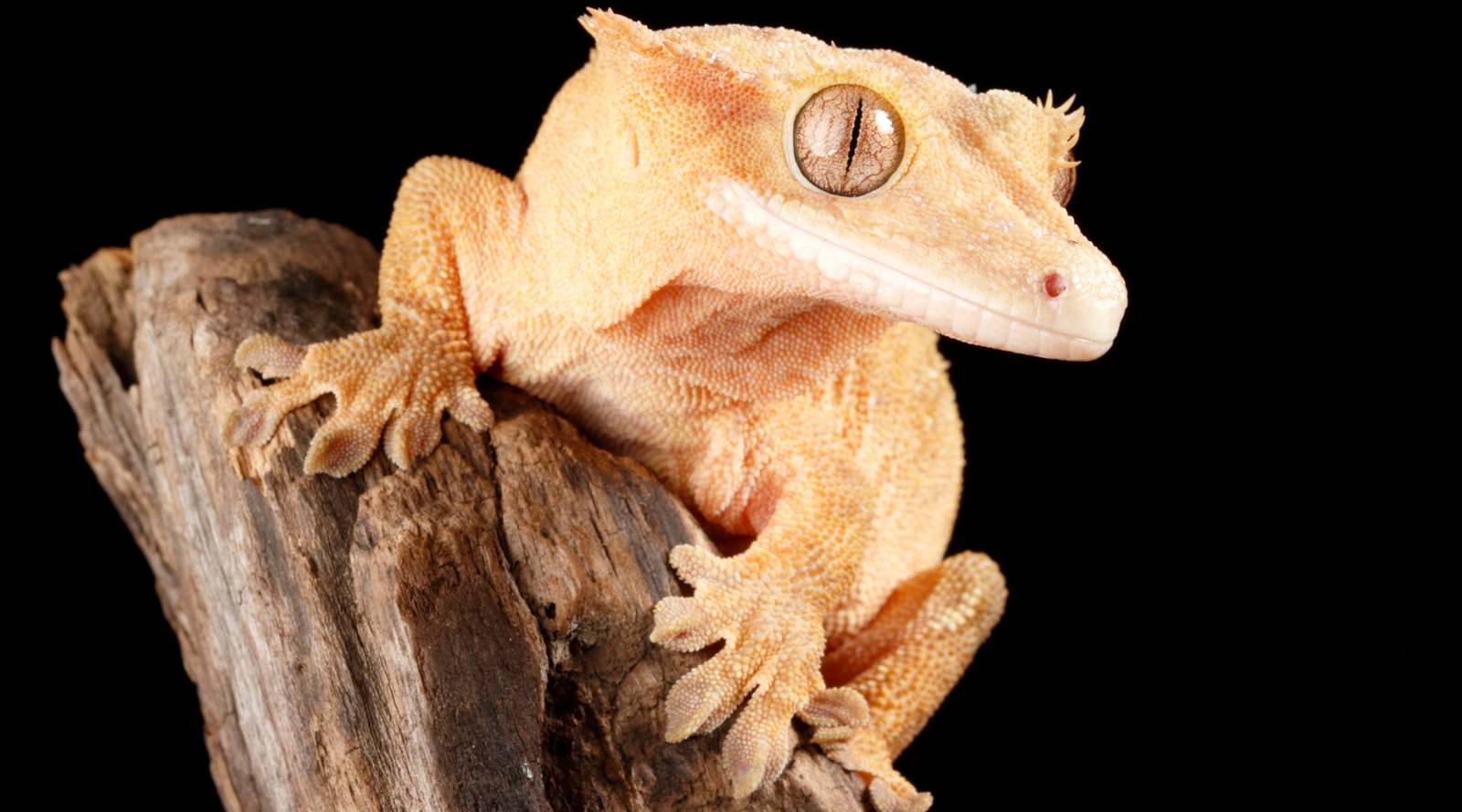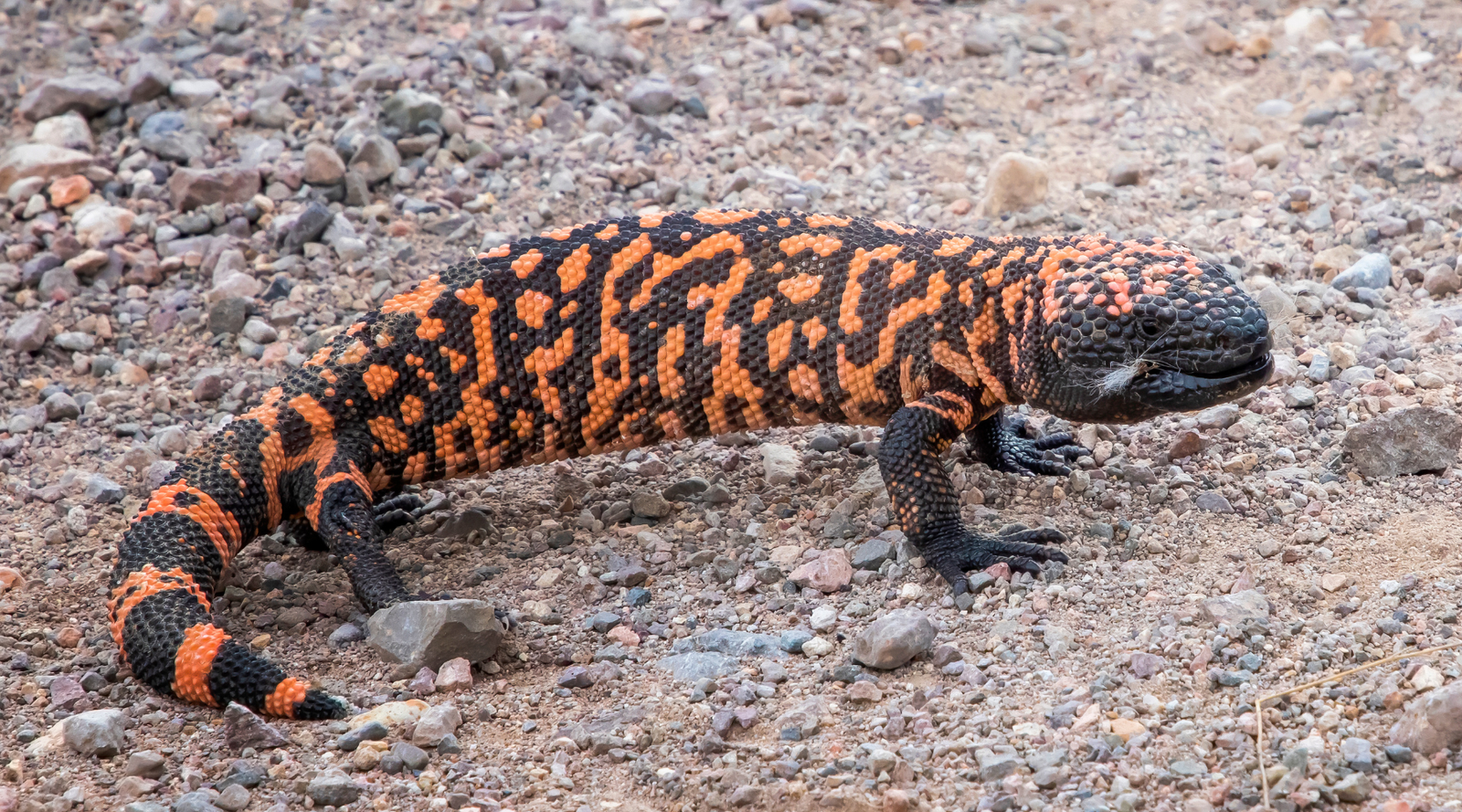How to Care For a Monstera Plant
It's easy to see why monsteras are one of the most popular choices of houseplants. These beautiful green plants grow large and make impressive focal points for a home, plus they're relatively easy to care for once you know a bit about them. Learn how to care for a monstera plant and help it to thrive anywhere in your home.

What Is a Monstera Plant?
There are many different varieties of monstera, which have slightly different appearances. One of the most common is the monstera deliciosa. Sometimes referred to as a swiss cheese plant, the distinctive leaves of these plants have splits or holes in them which give them an easily recognizable appearance.
Regardless of what kind of monstera you have, you can expect it to have similar care requirements. Once you have owned one of these beautiful houseplants, you'll likely be excited to try your hand at growing several different varieties.

How to Care for a Monstera Plant
Keep in mind that monsteras are native plants to tropical areas in Mexico and Central America. Proper care should replicate the conditions in which they naturally thrive.
1. Moderate Levels of Water
While everyone knows that houseplants need water to survive, one of the most common mistakes for new plant owners is giving their plants too much. You may think you're being meticulous by watering every day. However, you may be damaging your plant and making it more likely for problems like root rot to set in.
All species of houseplants are different, but moderate watering is key for monsteras - this means that the top half or so of the soil should have dried out before it's time for you to water again. You can easily test this by sticking a finger into the pot to see if the dirt is still wet beneath the surface. When you do water your plant, give it enough liquid that the dirt is fully saturated throughout the planter.
2. Indirect Light
Finding proper lighting for your monstera plant is the next step to helping it thrive. While these plants are not particularly picky about where they are located, a spot with a lot of indirect lighting is ideal. Be aware that if you place the plant directly in a window under the sun, it may burn, so try to avoid direct sunlight.
Since monsteras can grow quite large, you may not have an ideal place for one in natural indirect lighting. In these cases, a grow light can be used to allow your plant to thrive anywhere in your home.
3. Provide the Best Soil Type
Using soil that will provide good drainage helps prevent disease and keep your plant healthy. You'll want to find an option that will retain some moisture but can still dry out a bit between watering. A good quality potting mix that has perlite, peat moss, or a similar substrate mixed in to help with drainage should work well. If you would like, you can also look for a monstera-specific potting soil to use.
4. Select the Correct Container Size
Since they can grow so large, starting with an oversized pot for your monstera plant can be tempting. However, this can cause problems as there will be too much moist soil in the pot and the roots will be oversaturated. Conversely, a pot that is too small can cause your plant to become root bound, not get enough water, and suffer from other issues.
Be prepared to re-pot your monstera plant as it grows. Find a pot that leaves a little excess room for the monstera to grow and then upgrade to a pot that is a few inches wider in diameter each time the plant begins to outgrow its current container.
5. Fertilize From Spring to Fall
Using a fertilizer correctly helps your monstera to thrive. Since these plants will remain in one container of soil for long periods, it is important to replenish the nutrients with regular fertilization. Depending on the fertilizer variety you choose, follow the feeding instruction and provide regular doses throughout the spring and summer.

Common Problems With Monstera Plants
Seeing a plant you've put a lot of work into caring for start to struggle can be distressing, but in most cases, if you find the source of the problem early on, you can restore your monstera to good health. The following are a few common problems you might run into.
Pests or Bugs
Pests are something every plant owner dreads. Unfortunately, they can show up seemingly out of nowhere. Some common pests to find on a monstera are fungus gnats, mealybugs, and spider mites. Depending on the specific pest, you'll have to follow a specific process to get rid of them. If you see any bugs, fuzzy white patches, or something else that seems out of place, research the pest in question to discover the best method for removing it.
Drooping Leaves
If the leaves on your monstera plant are drooping or wilting, it can be a sign of underwatering. If watering the plant doesn't fix the issue, it may be a sign your pot is too small. If your plant has grown recently, a new container may fix the issue.
Yellow or Black Leaves
Yellow leaves are one of the most generic symptoms of a problem with your plant. If you notice this, go through the care checklist above and double-check that all the requirements for watering, lighting, and so on have been met. It may take some trial and error to identify the source of the issue.
Black leaves may indicate overwatering that has led to root rot. If the soil feels damp, allow it to fully dry or consider repotting to soil with better drainage.

Celebrate Your Beautiful Monstera Plant
Monstera plants are relatively easy to care for once you know the basics of how much water, fertilizer, and lighting to provide. As your monstera plant begins to thrive, it's a great time to celebrate it with some monstera apparel. At BeCause Tees we believe in supporting plant life through donations that protect natural areas. Represent your love for your houseplant while also doing something great for the planet.
















Leave a comment (all fields required)